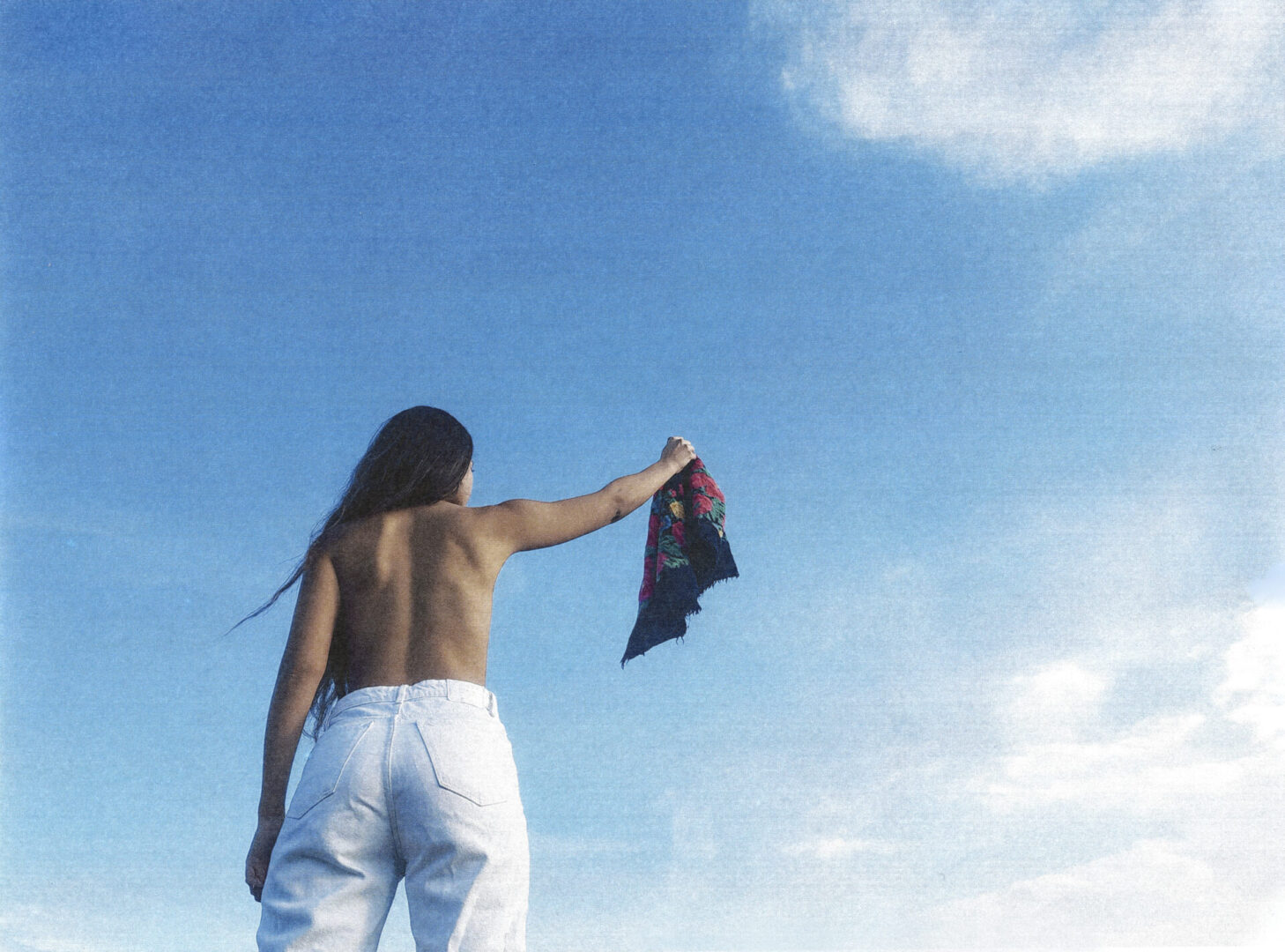What does it mean to belong? How does a person know who they are? These questions have been at the heart of artistic and philosophical enquiry for centuries. In 1989, Kimberlé Crenshaw coined the term “intersectionality” to describe how race, class, gender and other individual characteristics overlap with one another. It is vital to understanding individuality. A person cannot be defined by one single trait: they are the sum of countless influences: education, experience, friendships, religion, upbringing. They each play a role in changing a sense of self throughout the years. The five exhibitions in this list each say something about identity. Diana Markosian explores how relationships with parents can alter the trajectory of a life, whilst shows at Capa Center and Norval Foundation foreground the collective experiences that define a nation. Le Douches la Galerie reveals the personal photography of writer and artist Hervé Guibert and his relationship to Italy. Meanwhile, Mahtab Hussain’s blisteringly powerful exhibition at Ikon Gallery taps into what it means to be part of the British-Muslim community.
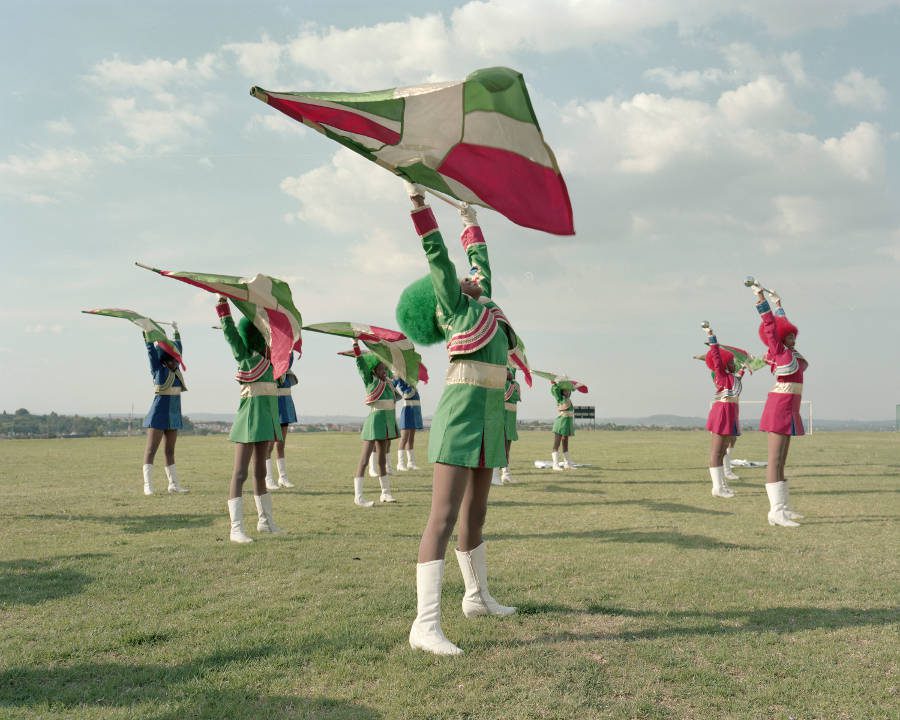
Norval Foundation, Cape Town | Until 22 November
National identity comes to the fore at the Norval Foundation. We, the people, marks 30 years since the first South African election and the African National Congress came into power. The moment heralded Nelson Mandela’s inaugural term as president of a divided nation, and the official end of the brutal Apartheid regime. The landmark exhibition is split into four sections: “To Belong”, “To Protest”, “To Care” and “To Be Heard.” Together, they showcase how democracy is a collective endeavour, which is molded by the actions and attitudes of its citizens. Artists featured include Alice Mann, whose portraits depict the subculture surrounding all-female teams of drum majorettes, affectionately known as “Drummies.” Igshaan Adams’ large-scale installations are informed by childhood memories of family and the house they grew up in, in the township of Bonteheuwel. Elsewhere, Sabelo Mlangeni’s series Country Girls presents an intimate look at queer life in rural areas of the Mpumalanga province. Each citizens responds to the legacy of Apartheid, honours cultural traditions and carves out new futures, redefining what it means to be South African.
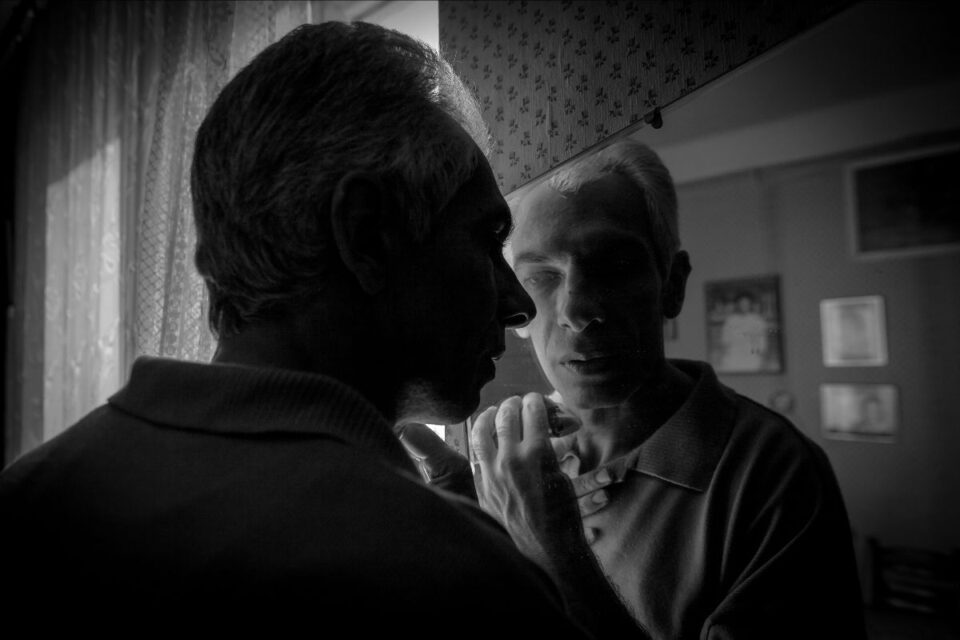
Foam, Amsterdam | Until 28 May
Diana Markosian was seven years old when, with her mother and brother, she left her home country of Russia for California. They never said goodbye to their father. Instead, the move solidified the fracturing of her family. Once in the USA, her mother sought to remove even the image of her father by cutting his picture out of their photographs. Fifteen years later, Markosian returned to search for him. She found him living at their grandfather’s home in Armenia. It was a location the artist returned to multiple times as she documented the figure who had been absent for much of her life. The resulting series of photographs is now on display at Foam, Amsterdam. It is an exploration of the complicated realities of family and migration. Divided into four sections, the show takes visitors on a journey through the evolving relationship between the artist and her father, from the period of absence to attempts at reconciliation. In the final room, audiences are invited to share their own personal stories of estrangement or belonging, by leaving their written notes in a small former-Soviet mailbox on the wall.
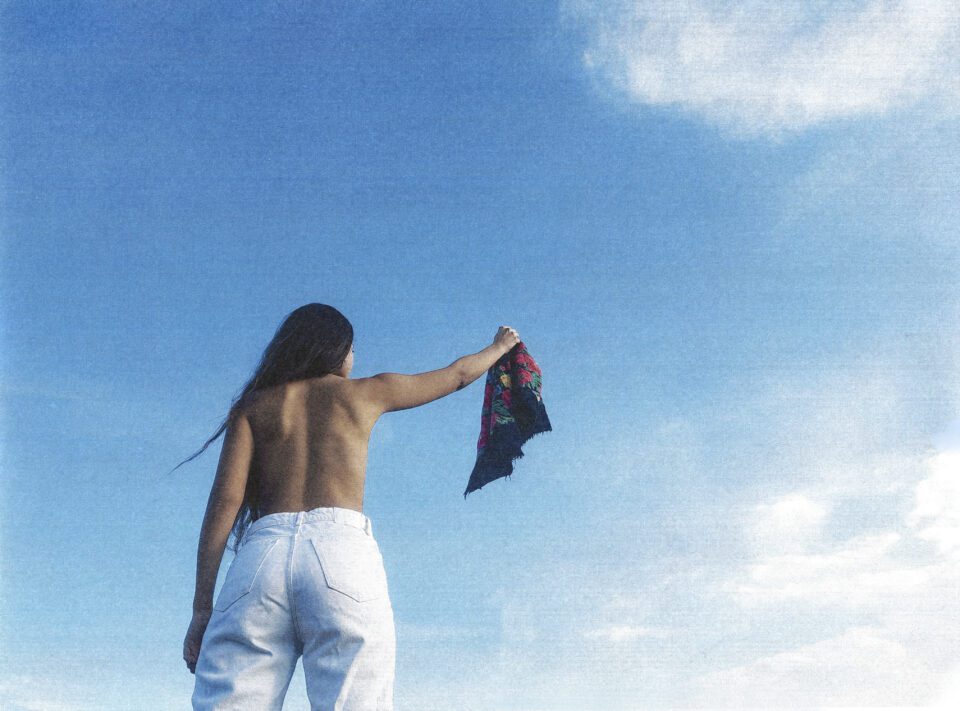
Robert Capa Contemporary Photography Center, Budapest | Until 30 March
The Capa Center’s new exhibition brings together the work of 10 Polish and Hungarian artists to reflect on what it means to be Eastern European. The two countries make up part of the cultural, geopolitical, social and economic character that defines this area of the continent. Poland and Hungary share common historical roots, having once been part of the dominant Austro-Hungarian Empire and, later, torn apart by conflicts. In 1946, when the continent was still reeling from WWII, Winston Churchill gave a speech declaring: “From Stettin in the Baltic to Trieste in the Adriatic, an iron curtain has descended across the Continent.” Poland and Hungary fell behind this divide, which would affect politics and civic life until the 1990s. Now, the creatives featured in this exhibition explore explore the nature of identity in a place where war and regime changes have caused it to constantly shift. A particularly poignant part of the exhibition is Pictorial Collective’s Residents of streets named after poet Sándor Petőfi. The photographic series documents the people living on the 2,800 roads named after the beloved Hungarian poet.
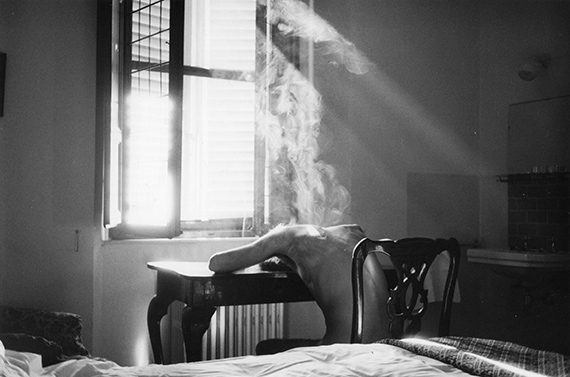
Les Douches la Galerie, Paris | Until 5 April
Hervé Guibert once wrote: “I will always resist being a photographer: this attraction frightens me, it seems it could quickly turn into madness, because everything is photographable, everything is interesting to photograph, and from a single day of life, one could carve out thousands of moments, thousands of small surfaces, and once you start, why stop?” Guibert is better-known as a writer, particularly of To The Friend Who Did Not Save My Life (1992), a novel that profoundly changed how the French public viewed the AIDS crisis. Despite his apparent reluctance to take up lens-based art, Guibert was both author and photographer. A new exhibition at Les Douches la Galeries explores how his visits to Italy shaped his identity as a creative and individual. The artist spent much of his life in the country, from the Villa Medici in Rome, where he lived from 1987 to 1989, to the Island of Elba, where he was been buried in 1992. The black-and-white images from these periods are playful and intimate. In one, a nude man does a handstand, framed by dense hedges. The camera points up, positioning the viewer as a voyeur of this moment of abandon.
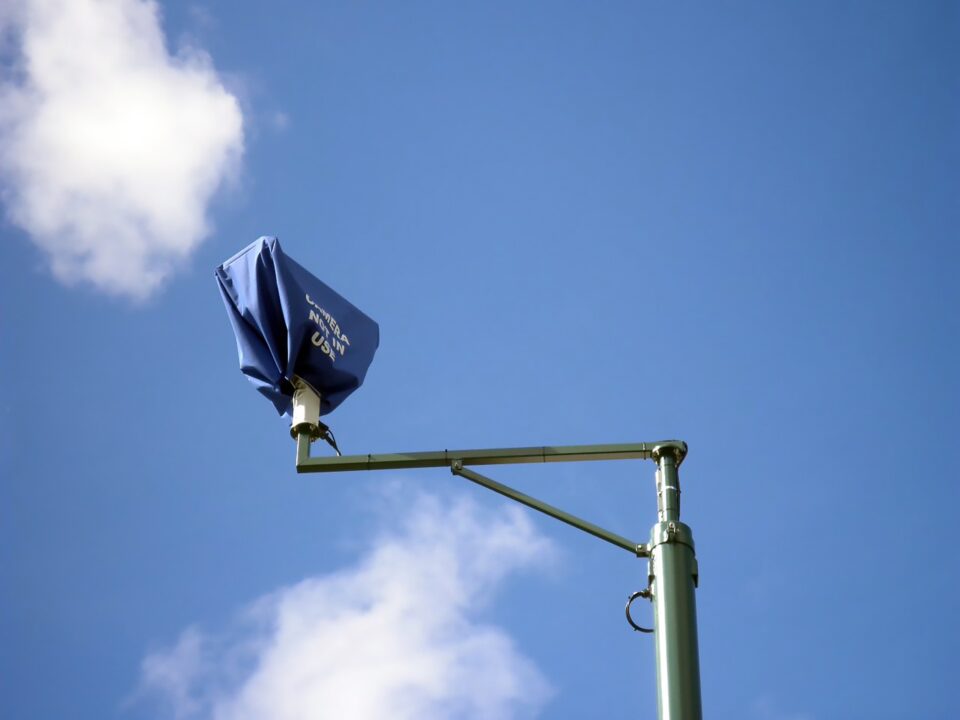
Mahtab Hussain: What Did You Want to See?
Ikon Gallery, Birmingham | Until 1 June
In 2010, West Midlands police installed 218 cameras in areas of Birmingham that were largely Muslim. What Did You Want to See addresses the legacy of these intelligence sites, despite being taken down a year later after complaints from the community. Mahtab Hussain’s latest work explores the fine line between photographic documentation and surveillance culture: “Through my work, I strive to reflect the richness and resilience of Muslim communities, celebrating their individuality while challenging stereotypes. Each portrait and installation is a story, an invitation to connect, and a reminder of the beauty in our shared humanity.” The artist, who was raised in Birmingham, spent two summers systematically capturing the city’s 160 Mosques, mimicking the images picked up by CCTV. The series reveals the diversity of their architecture, and the vibrancy of the community. The individuals in the portraits gaze back — one is formally dressed in traditional clothing, while a man is pictured in his car mechanic’s attire. In another, a woman holding a cigarette, her elbow propped up by her other hand, while she stares ahead.
Words: Emma Jacob
Image Credits:
1 & 4. Anita Horvath, You are not like them.
2. Alice Mann, The Curro Thatchfield Primary Drum Majorettes, large drill practice, 2018.
3. My Father’s reflection, from the series Father, 2016 © Diana Markosian.
5. Hervé Guibert, Sienne, 1979. Vintage gelatin silver print © Christine Guibert. Courtesy Les Douches la Galerie, Paris.
6. © Mahtab Hussain, Covered cameras on Alum Rock Road Birmingham from the series What Did You Want To See?


